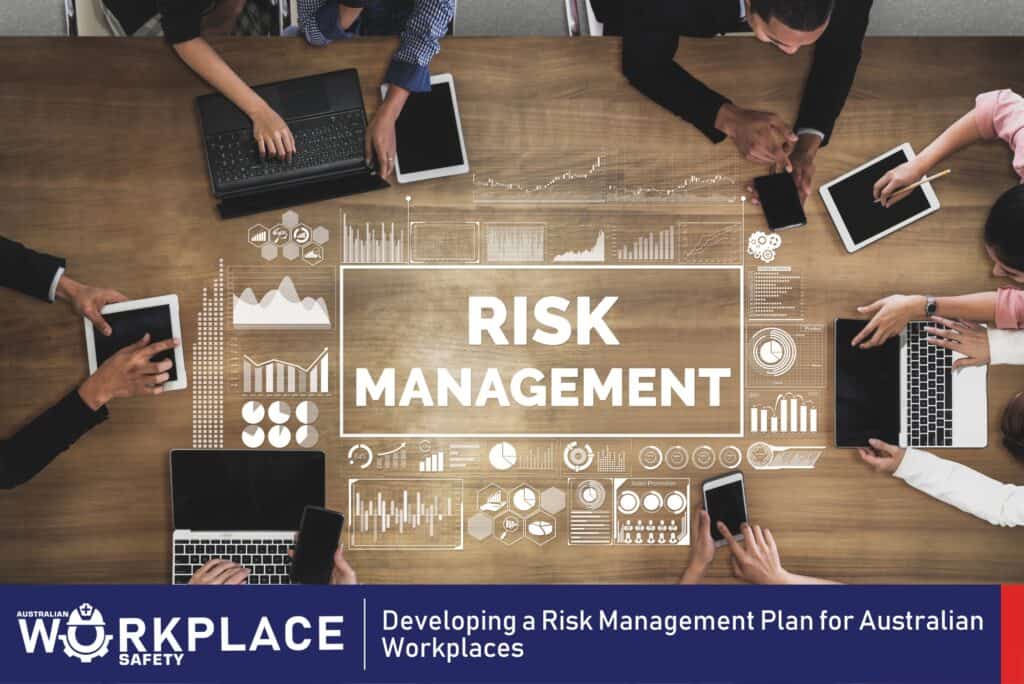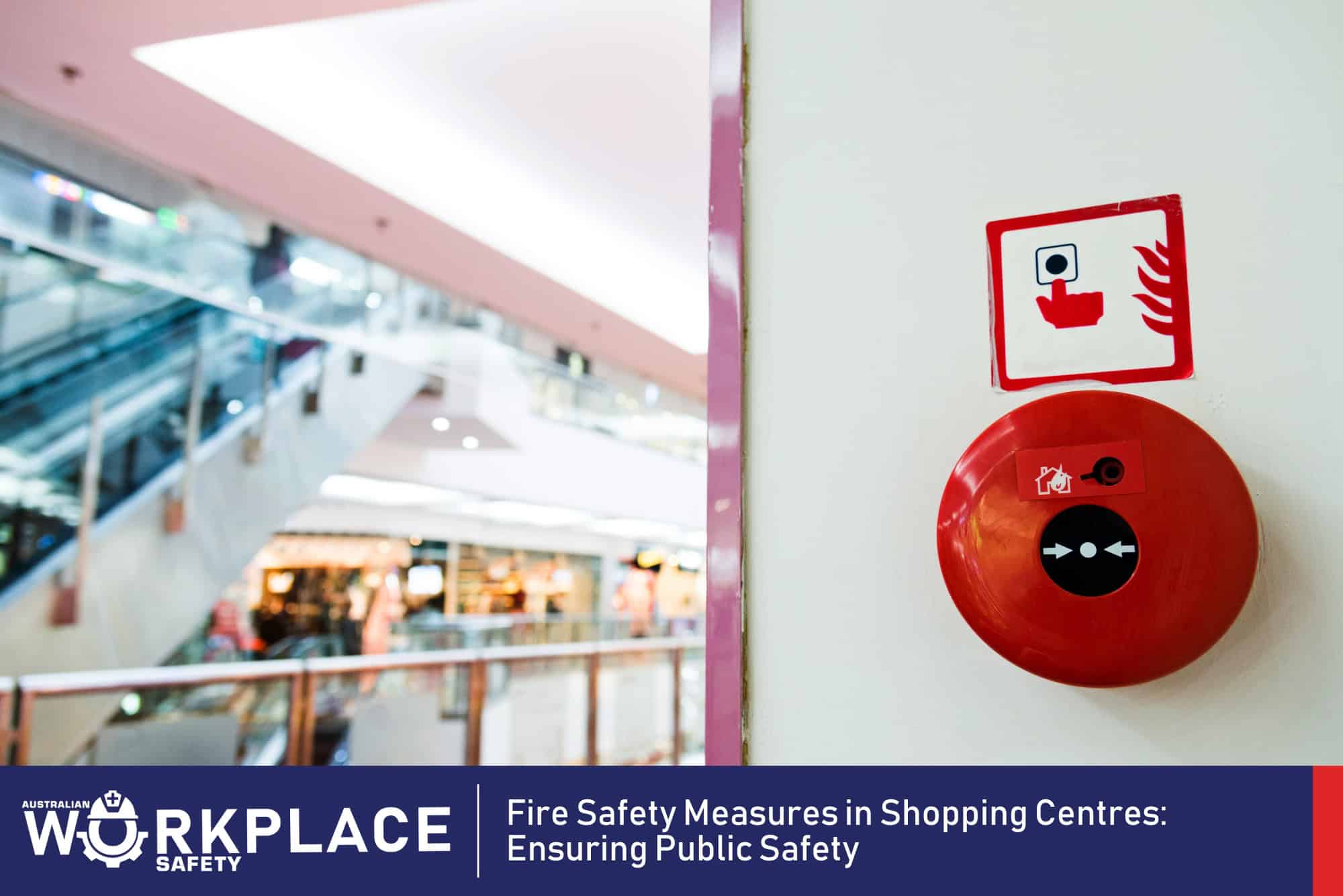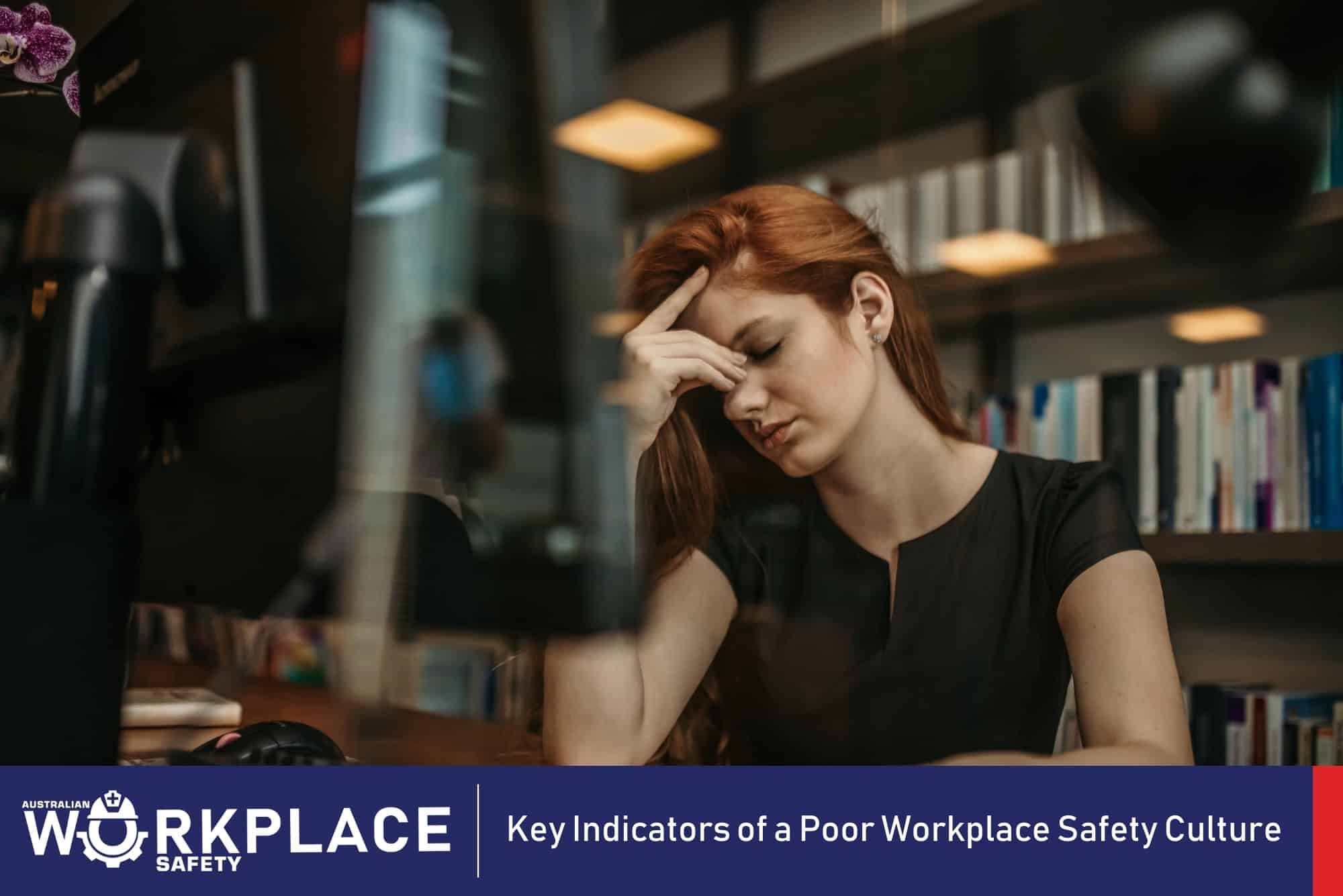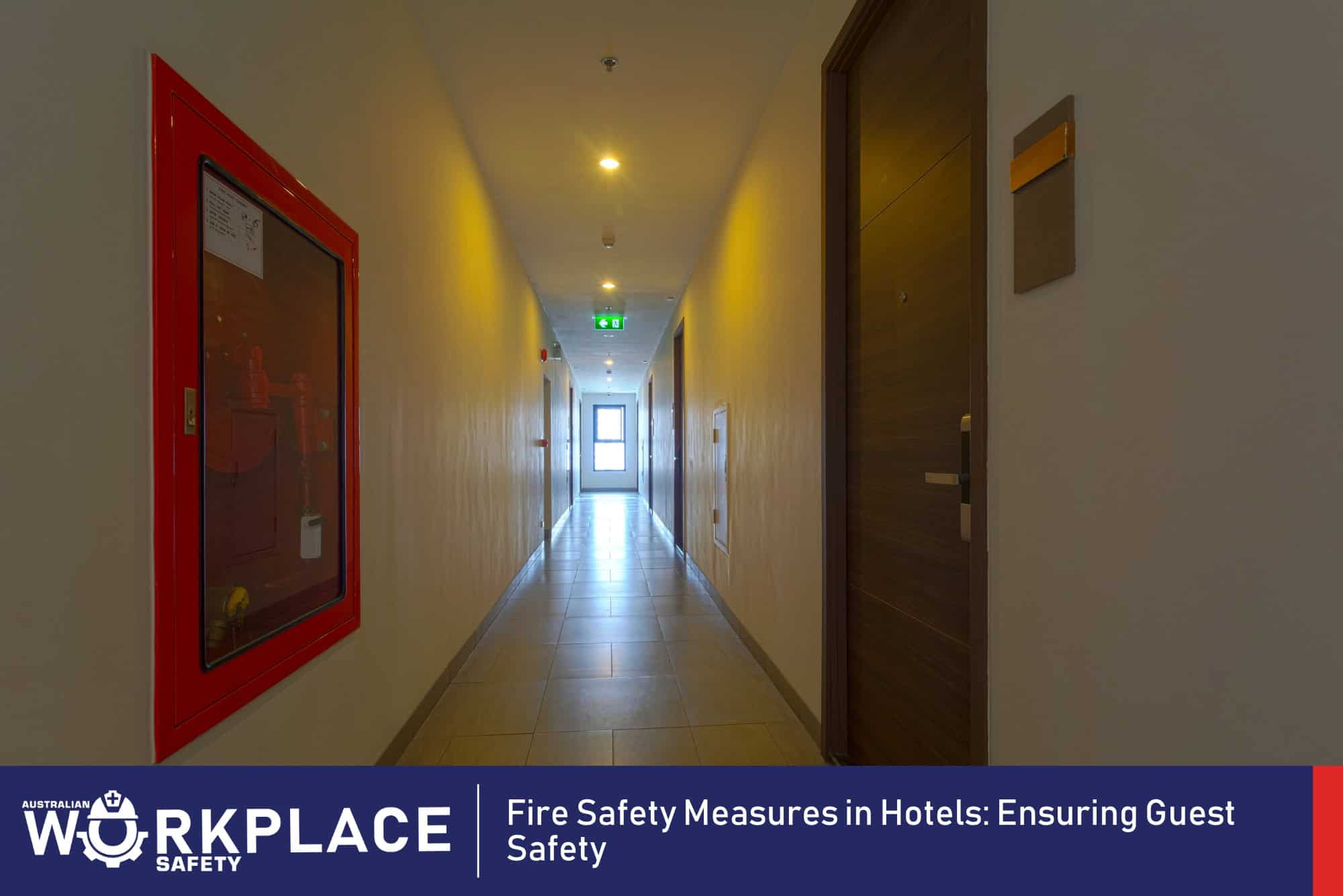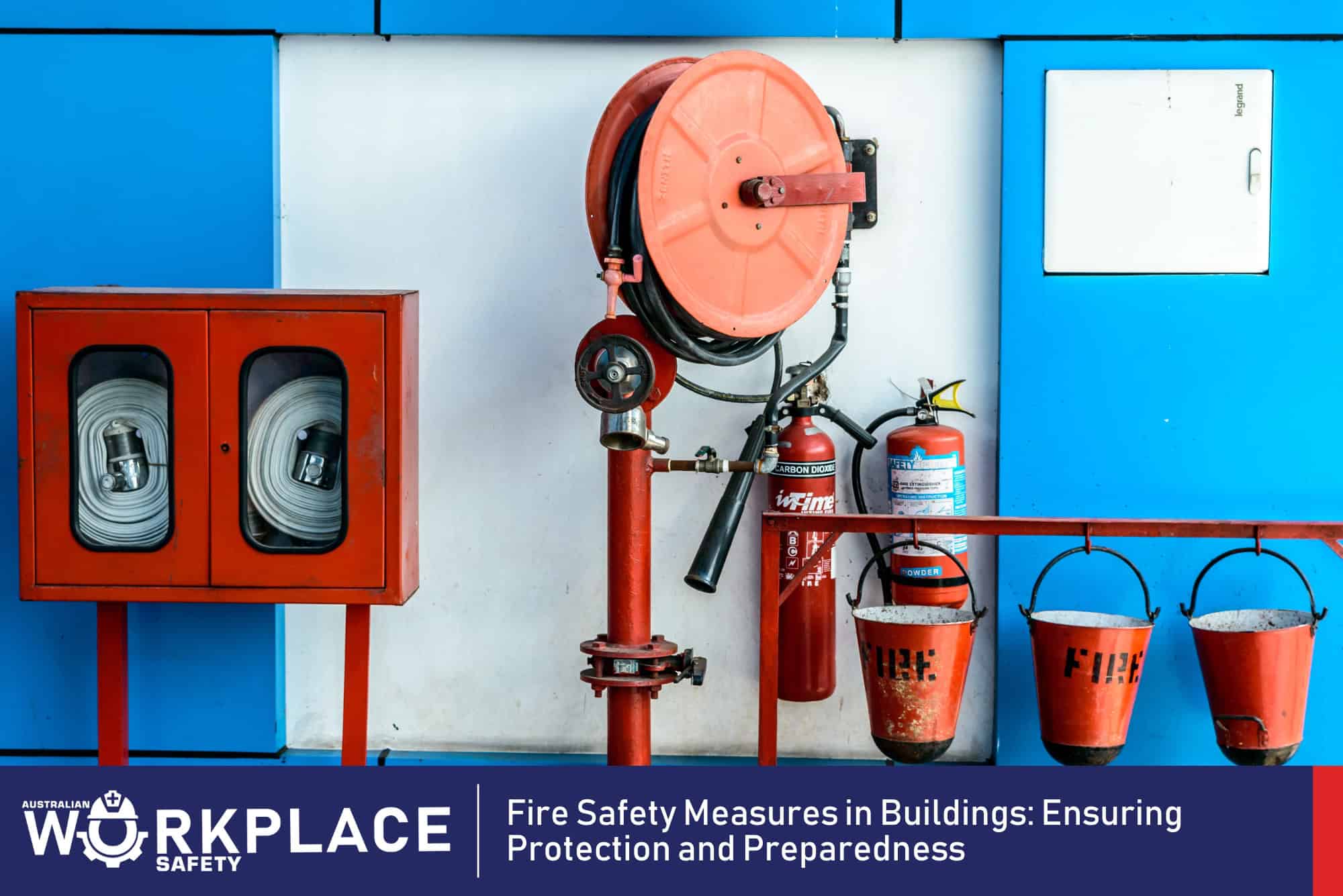In Australian workplaces, implementing a robust risk management plan is crucial to ensure the health, safety, and well-being of employees, as well as to comply with legal requirements. A comprehensive risk management plan helps identify potential hazards, assesses associated risks, and outlines measures to mitigate and manage those risks effectively. This article will provide an overview of developing a risk management plan for Australian workplaces, including key steps and best practices.
What is a Risk Management Plan?
A risk management plan is a systematic approach to identifying, assessing, and controlling risks in the workplace. It helps employers prioritise resources, implement appropriate control measures, and ensure the ongoing safety and well-being of employees.
Understanding the Importance of Risk Management
Risk management is crucial for Australian workplaces to fulfill their legal obligations and create a safe working environment. It helps prevent accidents, injuries, and illnesses, reduces liability, improves productivity, and protects the reputation of the organisation. Additionally, an effective risk management plan demonstrates a commitment to the well-being of employees and stakeholders.
Identifying Hazards and Assessing Risks
The first step in developing a risk management plan is to identify potential hazards within the workplace. Hazards can be physical, chemical, biological, ergonomic, or psychosocial in nature. Employers should conduct thorough inspections, consult with employees, review incident reports, and consider industry-specific guidelines to identify hazards. Once hazards are identified, a risk assessment should be conducted to determine the likelihood and severity of potential harm.
Implementing Control Measures
After assessing the risks, employers must implement control measures to eliminate or minimise the identified hazards. The hierarchy of control should be followed, which includes eliminating hazards, substituting hazardous substances or processes, implementing engineering controls, introducing administrative controls, and providing personal protective equipment (PPE) as a last resort. Control measures should be practical, feasible, and regularly reviewed for effectiveness.
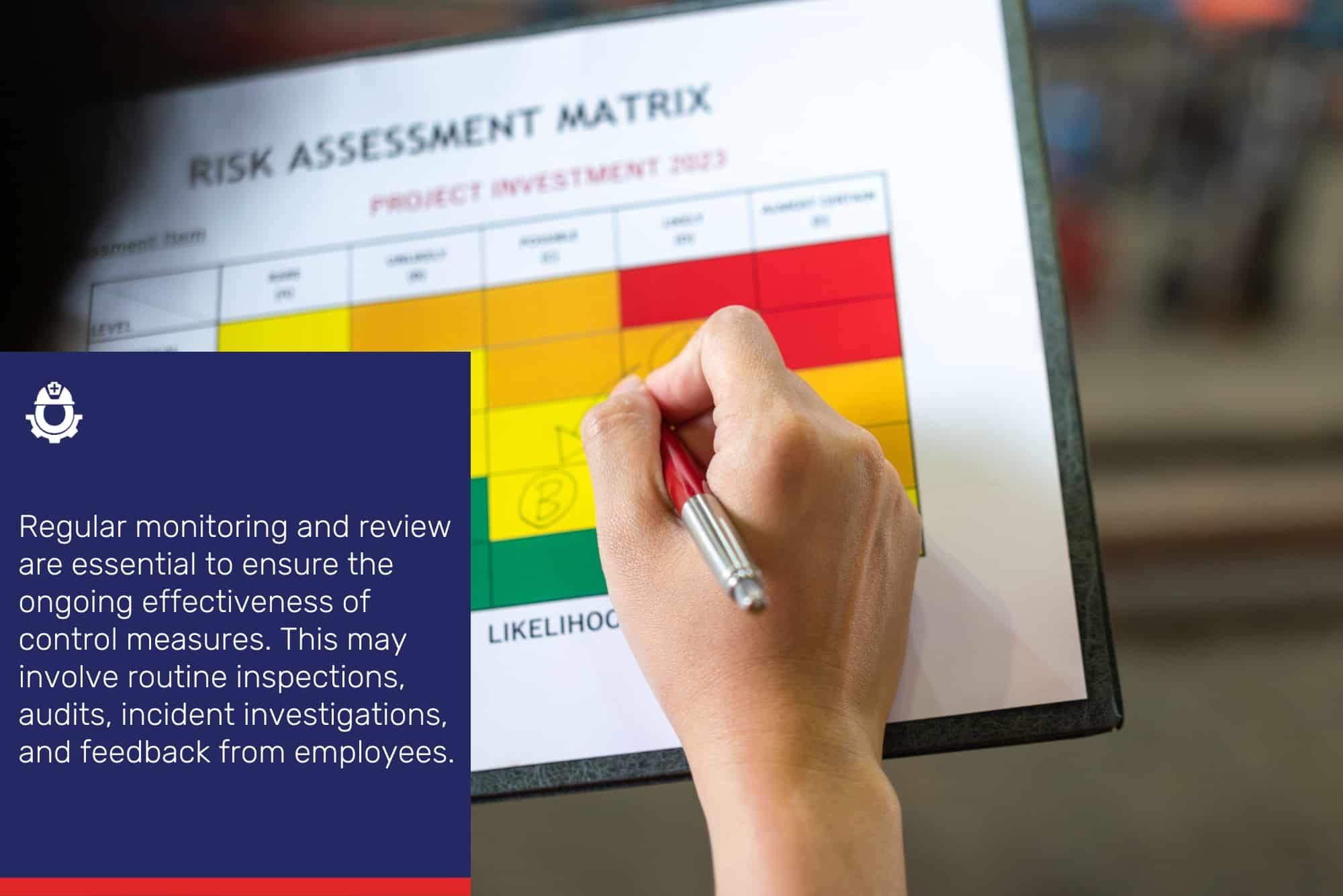
Monitoring and Reviewing
Regular monitoring and review are essential to ensure the ongoing effectiveness of control measures. This may involve routine inspections, audits, incident investigations, and feedback from employees. Employers should establish clear procedures for reporting and recording incidents, near misses, and hazards. Monitoring also allows for the identification of emerging risks or changes in the workplace that may require adjustments to the risk management plan.
Training and Communication
Effective training and communication play a crucial role in risk management. Employers should provide comprehensive training to employees on hazard identification, risk assessment, control measures, and emergency procedures. Employees should be aware of their roles and responsibilities in maintaining a safe working environment. Regular communication channels should be established to facilitate the reporting of hazards, incidents, and concerns.
Reviewing and Updating the Risk Management Plan
Risk management is an ongoing process, and the risk management plan should be regularly reviewed and updated. Changes in the workplace, legislation, technology, or work processes may necessitate revisions to the plan. Employers should involve employees in the review process and seek their input to ensure the plan remains relevant and effective.
Developing a Comprehensive Risk Management Plan
Developing a comprehensive risk management plan is crucial for Australian workplaces to protect the health and safety of employees. By identifying hazards, assessing risks, implementing control measures, monitoring, and reviewing, providing training and communication, and regularly reviewing and updating the plan, employers can effectively manage risks and create a safe working environment.
Disclaimer: The information provided in this blog is intended for general informational purposes only. The safety practices outlined are based on general principles and may not address specific workplace conditions or legal requirements. It is important for employers and employees to consult with relevant occupational health and safety authorities, legal professionals, and industry-specific guidelines to ensure compliance with applicable laws and regulations. Every workplace is unique, and safety practices should be tailored to specific circumstances and risks. The author and publisher of this blog are not liable for any damages or losses that may arise from the use or implementation of the information provided.
